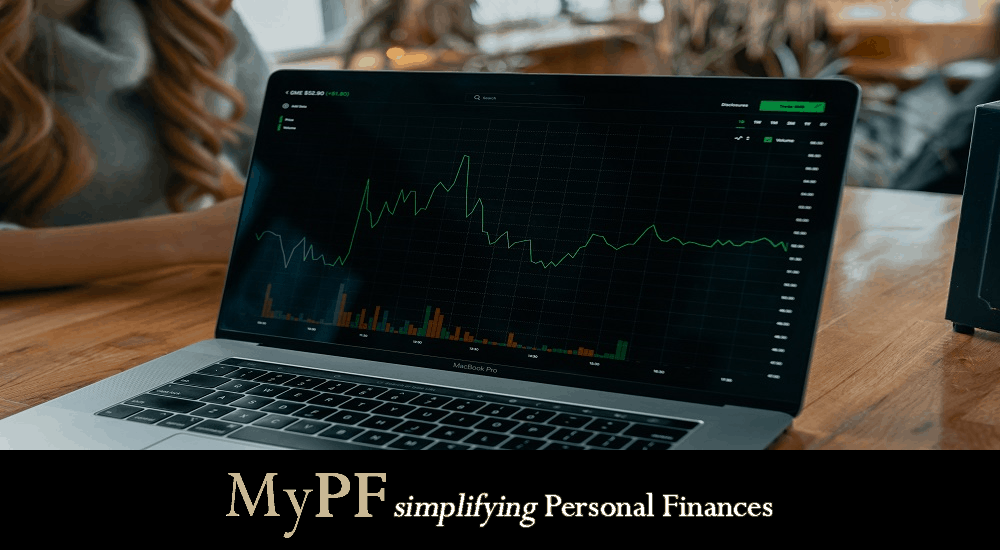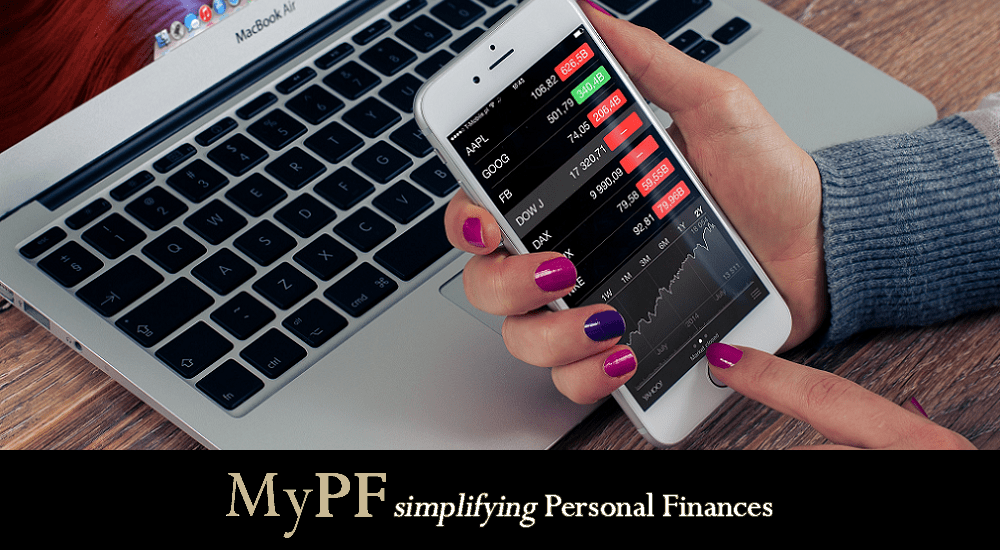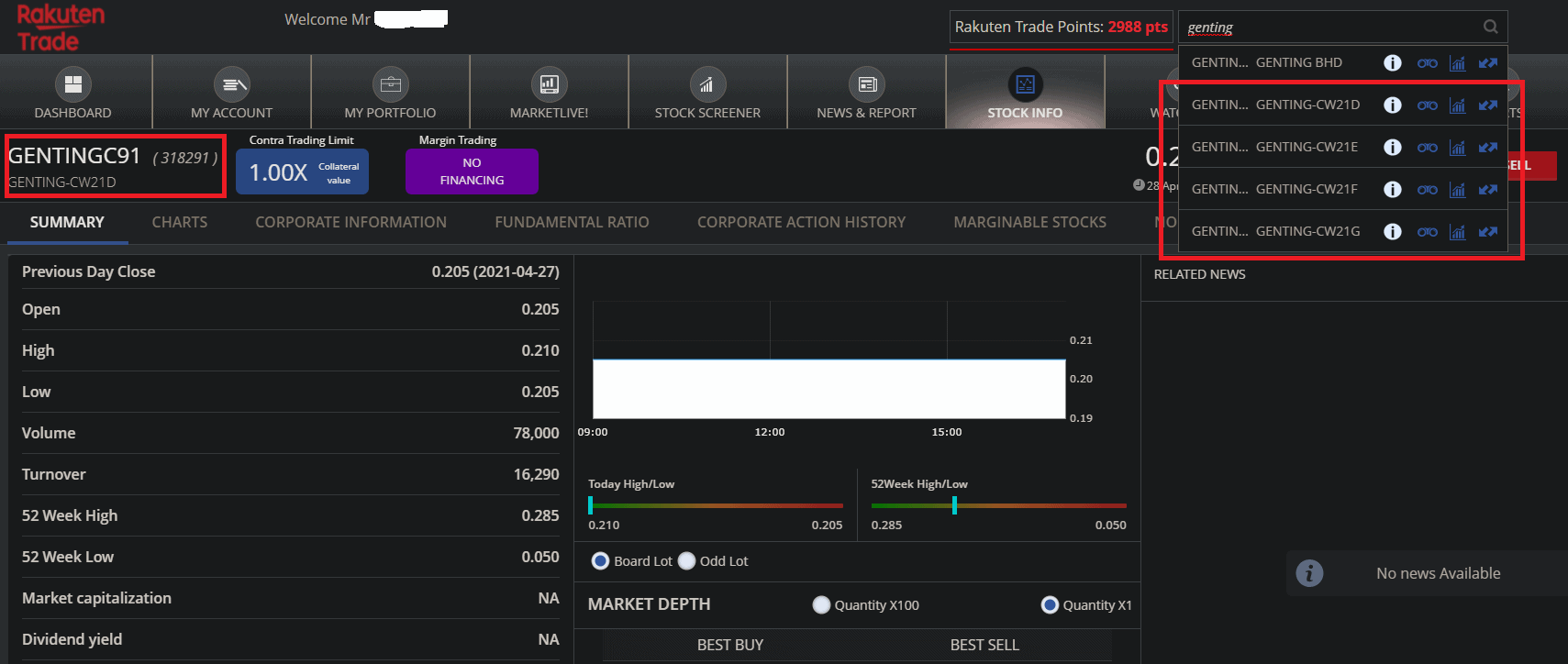What are futures, warrants and options? Can you actually reduce your risk through them? Learn about how to use them here in your investments.
What are Futures, Warrants, and Options?
Futures
Futures are a type of derivative financial contracts that are used to lock into a specific price in the future.
This usually involves two parties of buyer and seller, where the buyer buys an asset class at an agreed price from the seller or the seller sells at an agreed price to the buyer.
For example on futures, both the buyer and seller agrees on an contract where the buyer will buy RM100 worth of palm oil in 3 months time. In 3 months time, if the palm oil is now worth RM120, the buyer would be buying the palm oil at RM100, making RM20 in profit. The seller on the other hand would have missed out on the RM20 in profit, as they would have to sell at RM100.
Futures are normally traded for assets such as Commodities (gold, palm oil, crude oil, etc), Stock Index Futures (KLCI, S&P 500, Dow Jones), and currency.
Warrants
Warrants are also a type of derivative product that enables the investor to lock in a specific price to buy or sell for a stock.
Traditionally, if you think that a stock price might go up in the future, you will buy the stock now and sell later. With warrants, you don’t exactly own the stock, but it gives you the right the buy or sell the stock at the specified price on a later date.
All warrants have an expiration date meaning you can only exercise them before or on their expiration date, depending on the type of warrants.
- European Warrant: Can only exercise on the expiration date.
- American Warrant: Can exercise anytime before the expiration date.
For example on warrants, if you are bullish that the price of a company will increase from RM2.00 to RM2.40 in the future, you can buy a call warrant at RM0.10, that grans you the right to buy the stock at RM2.00 in the future. If the price does indeed increase to RM2.40, you would have made RM0.30 when you exercise the warrant. However, if the price decreases to RM1.60, you can choose not to exercise the warrant and just lose the RM0.10.
Unlike stock options, warrants are issued directly by the company itself. Companies do this to raise funds from the issuance without going into debt or diluting their equity structure.
There are typically two types of warrants that you need to understand :
- Call Warrant: Grants you the right, but not the obligation to buy a stock at an agreed price in the future.
- Put Warrant: Grants you the right, but not the obligation to sell a stock at an agreed price in the future.
Options
Options similar to warrants and futures, also enable you to lock in a specific price to buy or sell. With options, you don’t own the stock now, but it will give you the right to buy or sell the stock at a specified price at a later date.
Unlike warrants however, options are not issued directly by the company and is of shorter tenure than warrants. Options usually have an expiration of one month to two or three years, compared to warrants that have longer tenure (sometimes up to 15 years). The way how you exercise options is similar to warrants with it being either European or American options for exercise right and also call and put options for the type of investments you are undertaking.
Pros and Cons of Investing in Futures, Warrants, and Options
Pros
- Enable investors to invest with lower risk.
- Able to hedge against future risk.
- Lower initial investments.
- Affordable for retail investors to speculate.
Cons
- Complex to understand initially as they are derivative financial products.
- High speculative activities on futures, warrants and options. Expect much more volatility than the underlying asset.
How to Buy Futures, Warrants and Options in Malaysia
Futures
You can’t just freely buy futures from regular stock trading platforms, rather you need to register on platforms that specifically trade futures.
Some of these futures trading platform include RHB Futures, Kenanga Futures, Philips Futures, CGS-CIMB Futures, and others. The futures that you can buy depend on the platform that you register for but generally includes main futures such as FTSE Bursa Malaysia KLCI Futures and Crude Palm Oil Futures.
Warrants and Options
For warrants and options, you can freely buy them like any other stocks on any stock broker platforms out there.
Warrants and options are normally listed as the name of the company with a serial number after that like this example below for Genting Berhad under Rakuten. Trading fees and charges will still apply for options and warrants similar to normal stocks.
Investment Strategies with Futures, Warrants, and Options
You can essentially treat futures, warrants and options the same way like how you invest in any other asset classes out there.
The value of these financial derivatives will be tied to the value of their underlying assets. However, they enable you to manage and hedge your risks more effectively, by reducing your downside risks and preserving your capital.
The following details some basic strategies that you can undertake with these financial derivatives.
Bullish on a Company’s Prospects
If you have done your research and think that the company has a high likelihood of trending upwards in the price, you would normally buy shares in that company directly and sell when prices go up in the future. It is recommended to invest in bullish investments as Malaysia is biased towards bullish prospects considering that it heavily regulates short selling in the market.
However, you can buy a stock call warrant or option in the market to lock on to a price that is close to the current price the company is trading at and exercise it to buy the share at that agreed price in the future.
- If the share price does indeed increase in the future, you can then buy it at the previously agreed price and sell them in the market after that.
- If the price doesn’t go up, you would not need to exercise that warrant or option and would just incur the loss of the warrant or option
This actually means your biggest loss is actually the amount you invested in buying the warrants or options. If you had bought shares instead, you could have made bigger losses as you would have put up a higher capital to invest in it.
Hence, your downside risk or losses is protected and capped at only the cost of the warrants or options while giving you a limitless upside potential for your investments.
Bearish on a Company’s Prospects
Similar thing to being bullish, you would normally short a stock if you are bearish on a company and think that the price will decline in the future.
Shorting is the process where you “borrow” some stocks from the stock broker and sell them now. In the future, when the price of the stock is lower, you buy them back and return them to the stock broker. This way, you would have made money through buying the cheaper stock in the future.
Shorting is uncommon in the Malaysian market as Bursa Malaysia heavily regulates the extent of shorting by having a list of companies that can be shorted. Shorting is generally not recommended in the Malaysian market. However, overseas markets are a different story as they allow short selling extensively and warrants and options are great to minimise your risk when you are shorting.
In the case of shorting, you can buy a stock put warrant or option that grants you the right to sell a stock at an agreed price in a future date.
- If the share price does decline in the future, you can sell the stock back at the agreed higher price
- If the price goes up instead, you would just choose not to exercise them and incur the loss of the warrants or options you bought.
Similar to the call warrant or option, your loss is capped at the cost you bought your warrants or options. This is more important for shorting as the shorting the stock outright could mean that you possibly face a limitless loss and limited profit. The minimum a price can go down to is 0, while the maximum is infinity.
Hedging
Hedging will generally be more useful for companies that want to lock in a certain price now to buy or sell in the future. The objective here will be to protect the company against future volatility and movements in price.
For example, if a company wants to ensure that it buys crude palm oil (CPO) at an agreed price in the future, it would buy a futures contract.
- If the price of CPO increases in the future, the company protected itself from paying a higher price for the CPO.
- If the price of CPO decreases in the future, the company could be making losses as it needs to buy at a higher agreed price.
While the company could potentially make losses even with the futures contract, it could mitigate the risk that it’s taking by locking into an agreed price now if it expects that there is a high likelihood of prices increasing in the future.
For ordinary investors, you can also hedge your investments in stocks by combining warrants or options. For example, you bought a stock for RM100 thinking that it could go up to RM150 in 3 months time. However, you are worried also that it might actually decline instead and would want to hedge and reduce your losses if it happens. You can then buy put warrants or options worth about RM5 that gives you the option to sell the stock at RM100 in 3 months time.
- If the stock goes up to RM150, you would not exercise your put option and make RM45 after losing RM5 worth of warrants and options
- If the stock goes down to RM80, you would exercise your put option to sell at RM100 and make RM15 of profit (RM5 worth of warrants or options). However, since your investment also lost RM20, you would be making RM5 loss in total. This beats RM20 in loss if you didn’t buy the put option.
How are you going to invest in futures, warrants, and options? Let us know in the comments below!





